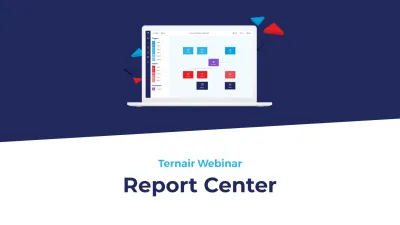Of all Dutch publishers, Vakmedianet is probably the most advanced with a data-supported way of working. It even earned the company the DDMA Customer Data Award in 2016. How does Vakmedianet make data work to its advantage? And what is required for this 'under the hood'? Mediafacts interviewed Ceesjan de Vos, Chief Marketing Officer of Vakmedianet.
The data is there: companies realize they have gold in their hands. But the data are scattered across different databases and are therefore difficult to combine, let alone marketers managing to use all channels together for an omnichannel marketing campaign. The data-driven marketing agency Ternair from IJsselstein, which moves in the triangle between marketing, technology and customer databases, has dedicated itself to developing a solution to this problem, explains director Erik van Stiphout.
General director Ruud Bakker already spoke at length about Vakmedianet's customer data platform during the Mediafacts Nationale Uitgeefdag 2016. Whereas this large publisher of professional information cannot escape the generic trend of declining revenues from subscriptions and advertising pages, the new business model - the content-data model - actually leads to a serious - and expanding - new revenue stream. In return, however, there are serious investments. Since 2013, for example, half a million euros have been spent on the new customer data system alone, while in 2017 investments will be made in pilots to further improve conversion techniques.
An earlier article explained what the content data model entails. The crux: from one database with integrated data from different sources, it is possible to figure out which combination of data and content is relevant to the reader and advertiser. Marketing automation is then applied to this, partly in combination with content created by editors based on those insights from that data. The result: more relevance for readers and higher conversions from readers and advertisers.
In March 2017, we visited Ceesjan de Vos to learn a bit more about what's involved in making this content data model work in practice.
Vakmedianet won the DDMA Customer Data Award in 2016, beating out major parties such as Centraal Beheer Achmea and Essent. Why did this award go to Vakmedianet?
"We have succeeded in making lean and mean use of integrated data (CRM, click behavior, etc.) and in doing so make continuous improvements. The jury was particularly charmed by our company-wide approach. Often a data-supported publishing strategy starts from the IT department, then it is implemented in pieces of the company. We don't believe in that. The MT of Vakmedianet decided several years ago to implement the content data model integrally. As Chief Marketing Officer, I direct that, not our Chief Technology Officer. After all, data is a management issue, not an IT issue. The whole company has to change: editorial, marketing, sales. Everyone has to work data-supported."





